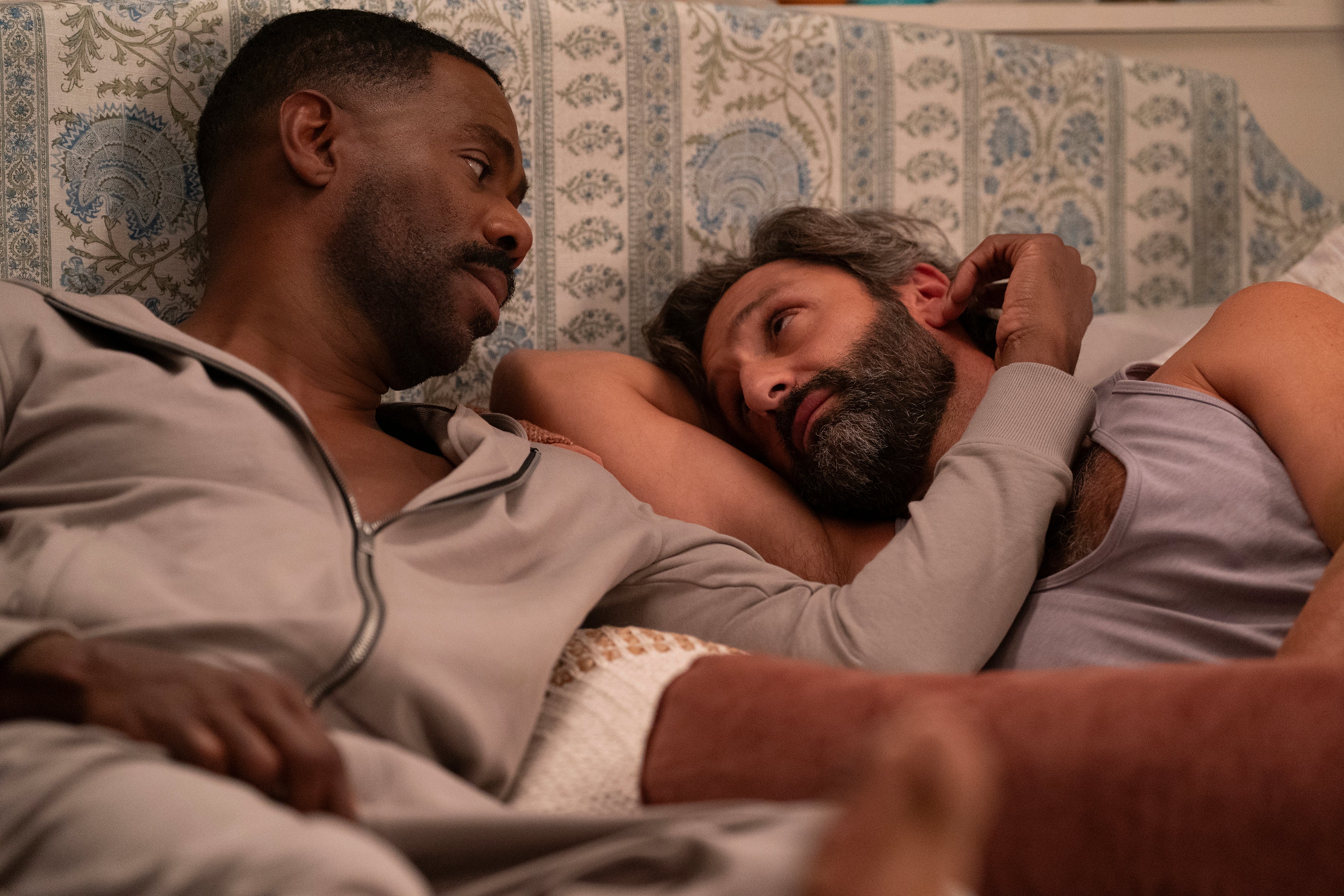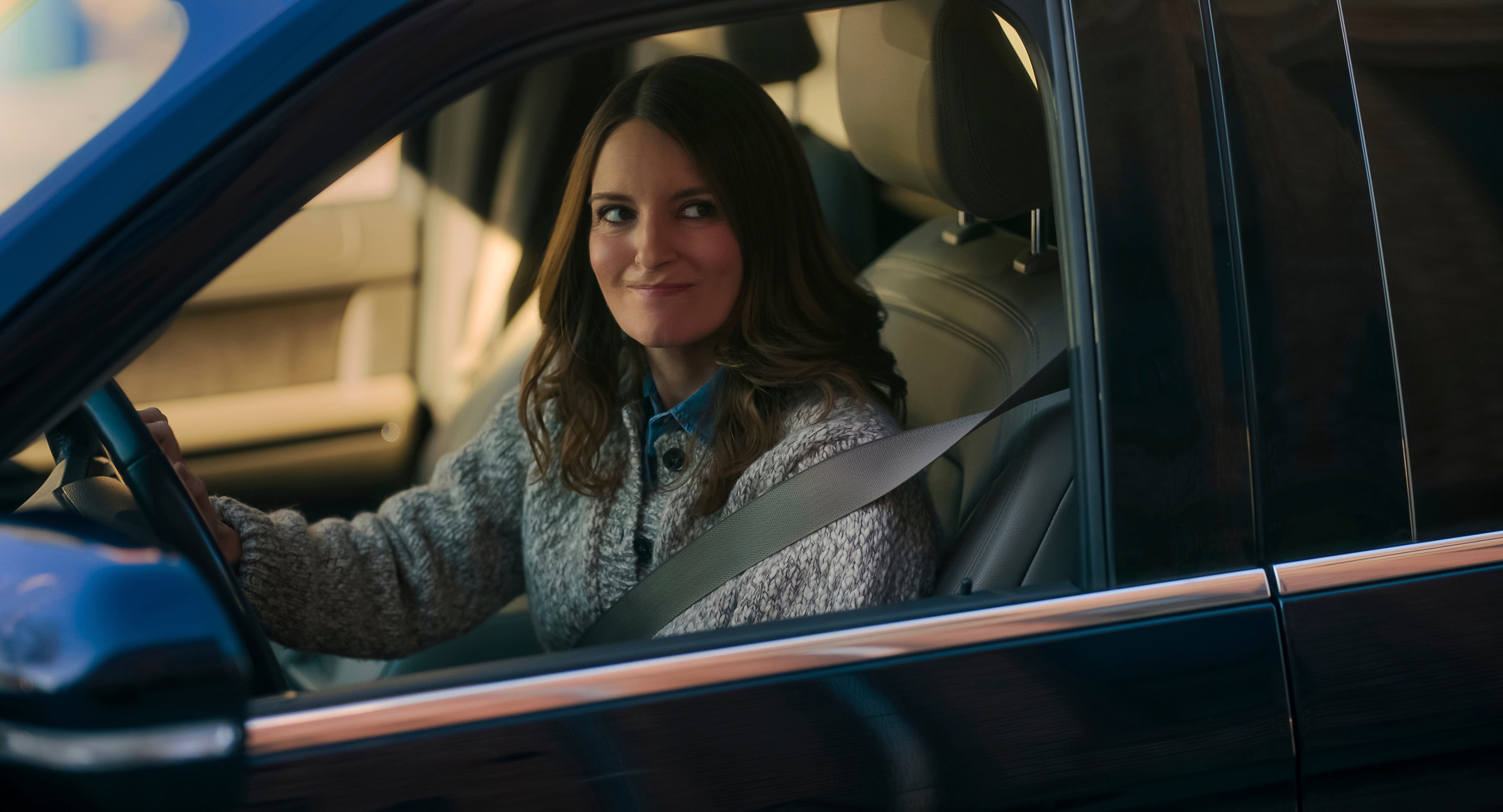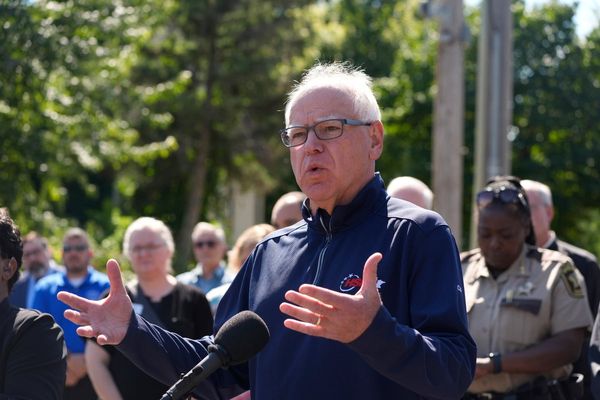Scroll through the streaming services and what do you see? Married at First Sight, Love is Blind, Perfect Match, The Ultimatum: Queer Love, First Dates: our appetite for matchmaking shows seems insatiable. After all, who doesn’t want to see love in the first bloom of spring, when it seems latent with all that unspoken promise, the thrill of adventure and the risk of disaster?
It is universal, not least because anyone who is in love has already fallen in love. It is the checkpoint we have all passed. The rest of the great spectrum of romantic experience provides diminishing returns: not all couples live together, only a portion have children, vanishingly few have been on a tantric sex retreat in Cancún, and then, at the other end, a marginal, but increasing, percentage have been through heartbreak and divorce. Just as a journey of a thousand miles begins with a single step, so too does a marriage begin with a meeting. But in this preoccupation with that first leap, Tina Fey’s The Four Seasons on Netflix has proven a refreshing tribute to the remaining 999.9 miles.
“So many other people have split up or hate each other,” Will Forte’s Jack proclaims at the outset of the show. “It is rare in this life to find your soulmate, yet somehow all six of us have done it.” It is a boast that The Four Seasons then steadily undermines, just as life undermines the vapid assurances of reality TV contestants tripping on the first high of new romance. The three couples at the heart of The Four Seasons – Fey and Forte as Kate and Jack, Colman Domingo and Marco Calvani as Danny and Claude, and Steve Carell and Kerri Kenney-Silver as the doomed Nick and Anne – are middle-aged, middle-class and weary of relentless positivity. They have kids and mortgages and shared iCloud accounts, and are held together as much by obligation as love. Soulmates who are colleagues in emotional labour.
Fey, and co-writers Lang Fisher and Tracey Wigfield, have created a rare hit that focuses on the messy autumn of a relationship. All the characters are in varying states of boredom, half nostalgic for the hot, steamy summer of youth, half resigned to the earthly terms of their new reality. These intertwined friendships are as old as the marriages themselves, giving the couples a live compare-and-contrast. It is a portrait of a collection of midlife crises that never graduate to full crisis. Carell’s hedge fund manager might jet off with a 32-year-old dental hygienist, but, around him, his friends sublimate their unhappiness. They don’t buy Porsches or quit their jobs or have affairs with the yoga instructor. They just slide between happiness and unhappiness, like the undulating seasons, because daily life takes precedence. “Even in an ethical situationship, you can’t miss a car payment,” Kate complains.

Netflix has not often operated in this minor key, and yet the show has shot to the top of its internal charts. Perhaps that shouldn’t be a surprise: it’s adapted from a 1981 film by Alan Alda that, somehow, ended up being the ninth highest-grossing film in America that year. The New York Times’s review of the film may have called it a “hymn to ordinariness”, yet it clearly resonated with cinemagoers. And the same, it seems, is true of the low-stakes, intrafamilial tussling in Fey’s eight-part miniseries.
Ordinariness sounds like a dirty word where “relatability” would be a compliment. And for so many Netflix subscribers, The Four Seasons is infinitely more relatable than the prospect of blind dates, beach bods or bombshells. Despite an obsession with tailoring TV programming towards Gen Z, they are still a marginal group when it comes to streamed telly. In 2024, 16 to 24-year-olds watched a daily average of 43 minutes on streaming platforms; among 25 to 44-year-olds that average jumped to 58.5 minutes. If commissioners were true to their audiences, we’d see shows called Too Tired to F*** rather than Too Hot to Handle. Popularity, then, comes in different shapes and sizes, but should always be led by a strong idea and good execution. The Four Seasons offers a roadmap: charm and wit and a grown-up sensibility can provide the cut through venerated by the industry.
“We are born alone, we die alone,” Nick’s recalcitrant college-age daughter Lila (Julia Lester) judges. “And in between, we lie to each other.” For young people, this cynicism may play as tragedy, but, in a couple of decades, it will play as farce. Dishonesty, miscommunication, grudging compromise; the things that experts on dating shows would condemn as “red flags” or “deal breakers” are, sometimes, the foundations of a strong relationship. Modus vivendi – or, perhaps for this show, modus Vivaldi.

Just as the falling foliage provides the nutrients the soil needs not just to survive winter but to spark new life in the spring, so too does Fey’s writing demonstrate the ways in which love provides the antidote to its own poison. Love is not blind – it is vigilant, it keeps the score – but The Four Seasons proves that marriage can be just as beautiful at millionth sight as it was at first glance.
‘The Four Seasons’ is out now on Netflix







